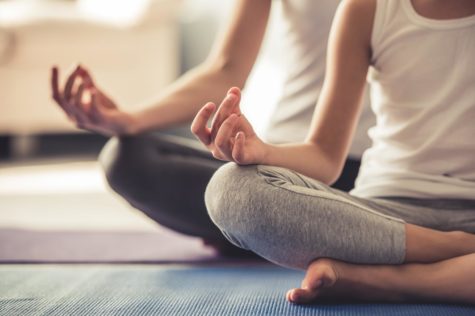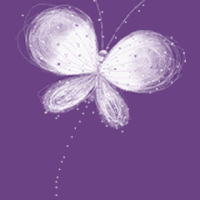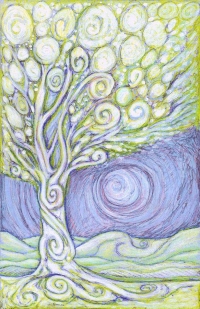About Yoga Therapy

The Yoga Therapy or ‘ yoga-chikitsa’ refers to the treatment of diseases by means of yogic exercises which may be physical or mental or both. It is a specialized form of yogic culture. This mode of treatment has been practiced in India from very ancient times. Many references to yoga have been made in the Upanishads. It was, however, Maharishi Patanjali who in about the first century B.C. gave a systematic account of the traditional yogic teaching.
The term ‘ Yoga’ is derived from the Sanskrit root ‘yug’ which means “to join” . It signifies union between the individual soul (jivatma) and the universal soul (parmatma). It aims at obtaining relief from pain and suffering. Basically, human evolution takes place on three different planes, namely physical, mental and spiritual. Yoga is a means of attaining perfect health by maintaining harmony and achieving optimum functioning on all three levels through complete self-control.
Yogic kriyas, asanas and pranayama constitute the physical basis of yoga. More information about them can be found here:
The practice of kriyas and asanas leads to excellent circulation. It also energizes and stimulates major endocrine glands of the body. Yogic exercises promote inner health and harmony, and their regular practice helps prevent and cure many common ailments. They also help eliminate tensions, be they physical, mental or emotional.
Pranayama slows down the ageing process. In ordinary respiration, one breathes roughly 15 times a minute, taking in approximately 20 cubic inches of air. In pranayama the breathing rate is slowed down to once or twice a minute and the breath inhaled is deep and full, taking nearly 100 cubic inches of air.
All yogic exercises should be performed on a clean mat, a carpet or a blanket covered with a cotton sheet. Clothing should be light and loose-fitting to allow free movement of the limbs. The mind should be kept off all disturbances and tensions. Regularity and punctuality in practicing yogic exercises is essential. Generally, 5 a.m. to 8 a.m. is the ideal time for yoga practices.
Asanas should always be practiced on an empty stomach. Shavasana should be practiced for a brief period before starting the rest of the exercises as this will create the right mental condition. Asanas should be performed at a leisurely slow-motion pace, maintaining poise and balance.
Yoga asanas and pranayama techniques are greatly enhanced if you have the help of a competent teacher.



Leave a Reply